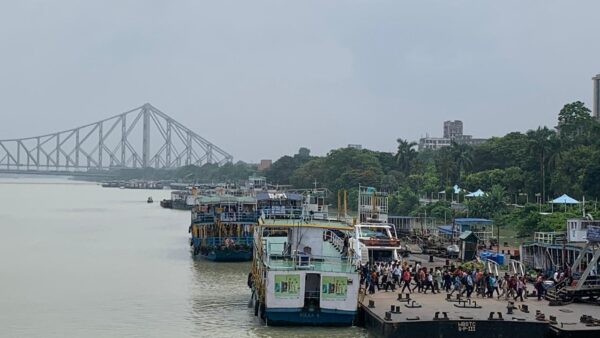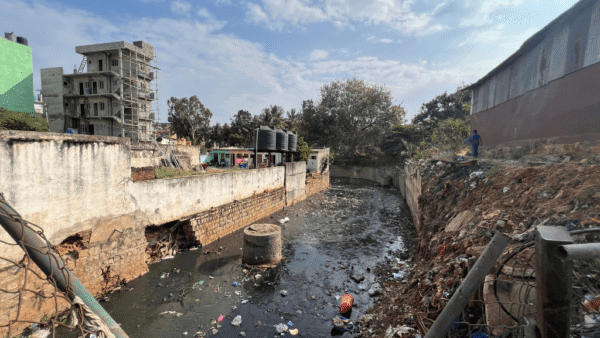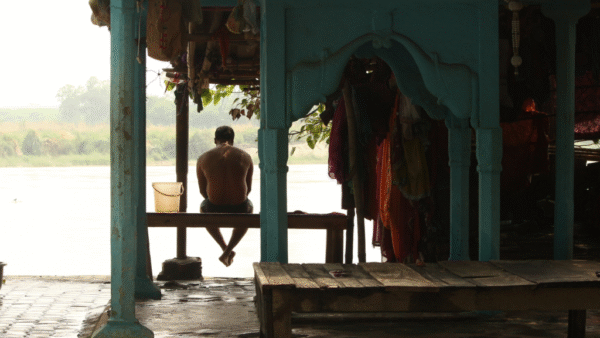In December 2023, with the general election of 2024 looming large on the horizon, a respected international report on Gross Domestic Climate Risk[1] was published. As many as nine states across India were in the top 50 ranked by aggregated risk from climate hazards by 2050. The report was brought out to price climate risk in financial markets but it has high value in climate conversations. Yet, there was hardly any flutter around it.
If this was not enough to bring climate issues and environment to the centre stage, then have a look at a few climate events: 2023 was the hottest year on record globally in 173 years[2], India has the largest number of people exposed to climate-related extreme events, reports stated that all states and union territories suffered some climate event or the other, a Centre for Science and Environment report[3] showed that extreme weather events were recorded on 296 of the 334 days under study and central India received lowest rainfall since 1901, Bengaluru’s water crisis made international news, parts of Chennai were submerged after heavy rain and cyclone, Mumbai’s air pollution competed with Delhi’s, heatwaves lasted 49-50 days, Kashmir saw a snowless winter, and educator-activist Sonam Wangchuk went on a ‘climate fast’ in Ladakh.
Political campaigns and election agendas have unfolded against this backdrop. It should have been natural to find these issues in the political discourse. Yet, campaign speeches have focused either on the predictable and dangerous mix of Hindu-Muslim divide, north versus south, Ram mandir, welfare benefits or on unemployment, rising prices, corruption in government, and rights of people.
Food, population, jobs have been communalised by the Bharatiya Janata Party (BJP) but other parties have not linked these to climate change and environmental issues either. This is conspicuous because climate events have impacted the lives and livelihoods of millions across India. However, they appear in manifestos released by parties. What explains this dichotomy? What does it mean when these issues are not brought foregrounded through political conversations and campaigns?
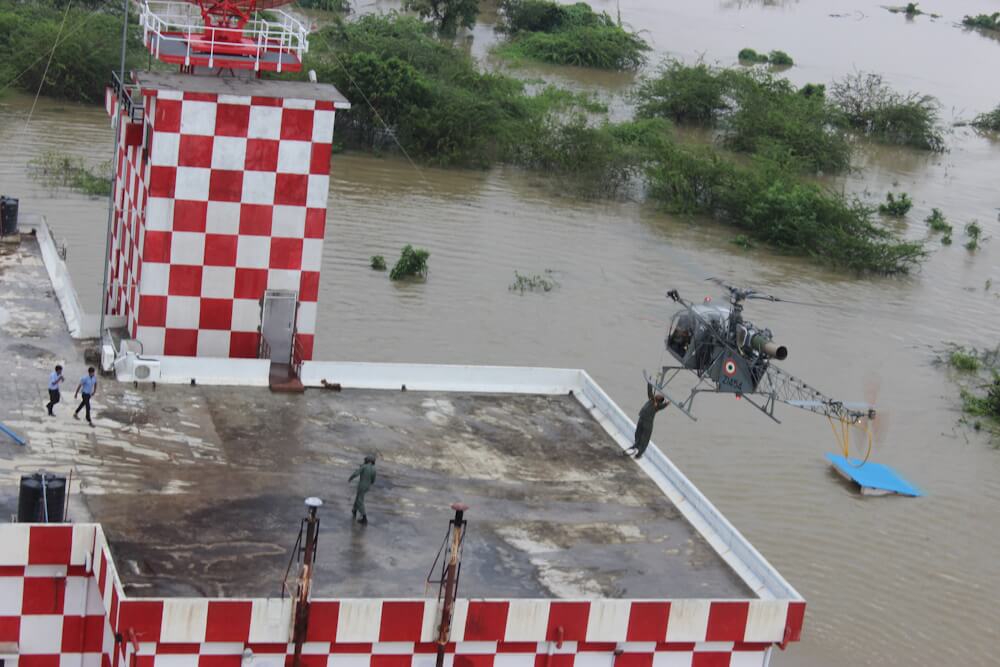
Photo: Wikimedia Commons
Why talk climate during elections
There is a difference in climate or environmental issues being on paper and spoken during election campaigns, says Anjal Prakash, a clinical associate professor (research) at Bharti Institute of Public Policy, Indian School of Business (ISB). “They should integrate environmental concerns into their core campaign messaging, emphasising the importance of sustainability and green practices for the nation’s future. Moreover, parties can actively engage with environmental organisations and experts to develop comprehensive policies that address pressing ecological challenges. This collaboration lends credibility to their environmental commitments,” says Prakash, who also contributes to Intergovernmental Panel on Climate Change (IPCC) reports.
As Meghnath, a documentary filmmaker in Ranchi, said here[4] of the droughts in Jharkhand: “Politicians talk about drought before and after elections, but not during campaigns.”
Bringing environmental and climate issues into public discourse, especially during election campaigns, is important in climate-vulnerable countries like India. It helps people make stronger linkages of the climate impact on their lives, work and day-to-day issues. It can convey prioritisation of these issues to the administrations which are responsible for people’s safety and recovery during and after extreme weather events. It demonstrates that politicians take these issues seriously and can act upon them. It gives signals to the mainstream media to go beyond the usual election-related coverage and the predictable basket of issues.
A study[5] done this January by the Yale University Program on Climate Change Communication found that Americans who believe that climate change is happening out-numbered deniers by five to one, but their engagement with families and friends happened “rarely” or “never” for most. Such a study, if carried out in India, may yield similar results.
References and mentions, if not long technical arguments, during election campaigns makes space at social and personal levels for people to engage with these issues. Increasing air pollution, heatwaves, untimely and intense rainfall, floods, and depleting greens have become common now. Of the 50 most polluted cities in the world, 42 are in India and 70 percent of groundwater aquifers have dried up, according to reports.[6]
Despite the increasing evidence of climate-related events between the last general election in 2019 and now, there is not more of it in this election or in media interviews with leaders. The campaigns have turned into slugfests. That leaves the manifestos.
What do manifestos say?
The manifestos of political parties are more a matter of record and a requirement of the electoral process than a commitment made to the electorate. They may or may not make an impact on voters. Also, parties are rarely held to account on manifestos. Yet, given the paucity of discussion in the public domain, manifestos offer a view of how different parties see the critical issues of environment and climate change, and chalk out action agendas.
Both the ruling Bharatiya Janata Party and the principal opposition party, Congress, have promised to expand India’s forest cover, protect coastal ecosystems, and reduce air pollution. Most parties mention climate change in their manifestos this time but from the energy lens – making different pledges on clean energy – rather than a larger ecological perspective or impact on people.
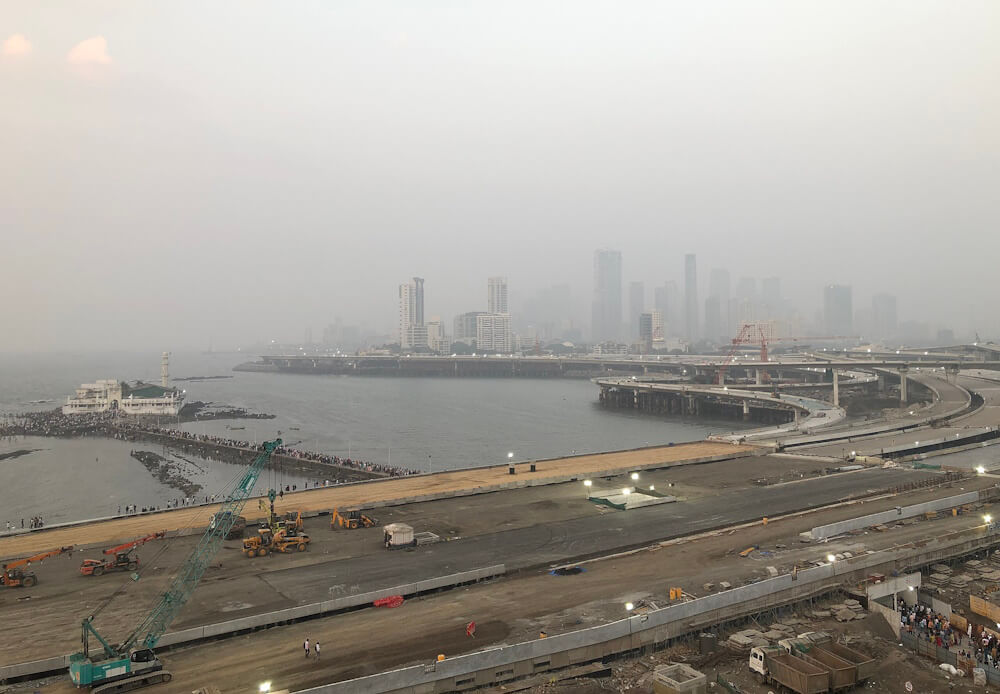
Photo: Wikimedia Commons
The intersection of cities and climate change is rather perfunctory in these manifestos. Like the BJP, the Congress too is silent on sensitive subjects such as climate reparations from the Global North to India, claims on the international Loss and Damages Fund financed last year, climate migration within the country and from neighbouring countries which would increase the burden on resources in cities, specific programmes and funds for cities to deal with the impact of climate change where an event can affect millions at one time and so on.
Prime Minister Narendra Modi, while addressing the COP 28 meeting in December 2023 in Dubai, reiterated India’s commitment to bring down emissions intensity by 45 percent by 2030 towards the goal of “net zero by 2070”.[7] This finds the pride of place in the BJP’s manifesto promising “energy independence by 2047,” meeting the 500 GW target for renewable energy installed capacity by 2030, setting up a Centre of Excellence for clean energy technologies, and establishing India as a global manufacturing hub for wind, solar, and green hydrogen technologies.[8]
In the 2019 election, the BJP reiterated its 2014 promise to take measures against air pollution and reduce it by 35 percent in five years. Reality belied it as India was ranked the third-most polluted country in the world in 2023, according to the Swiss air quality monitoring body, IQAir.[9] The BJP offered support for transition to electric vehicles, and pledged a National Atmospheric Mission to make India ‘weather ready’ and ‘climate smart.’
The Congress manifesto promises setting up two specialised funds – a Green Transition Fund and a Green New Deal Investment Programme – dedicated to environmental and climate issues. The first is to finance the clean energy transition while the second focuses on renewable energy, sustainable infrastructure and creation of “green jobs”. It promises to enact laws on, among other ecological aspects such as forest rights, prohibit the discharge of any kinds of effluents into the rivers, and steps to minimise landslides.[10]
The Congress manifesto on renewable energy plans is non-specific but it is the only national party to have pledged to increase finances to India’s National Adaptation Fund. It wants to address landslides and floods, and promises to turn back “anti-people” amendments to environmental laws made during the decade of Modi government. The party also wants to set up an independent environment authority like the US Environmental Protection Agency (EPA).
Like the BJP, the Congress too is silent on the subject of just or equitable transition as part of the climate adaptation and mitigation effort. Only the Left parties like the CPI have spoken of a just transition plan that will protect communities and coal workers who will be affected while transitioning from fossil fuels to renewable energy. It has also called for a reduction in India’s dependence on coal imports and trained guns on private monopolies in the sector.
The Dravida Munnetra Kazhagam – the ruling party in Tamil Nadu – mentions creating a separate Vigilant City Fund to protect cities during disasters and calamities. The Shiv Sena (UBT) opposes two mega projects in coastal Maharashtra – the Jaitapur Nuclear Power Plant at Madban and the Ratnagiri Refinery & Petrochemical Ltd at Barsu.[11]
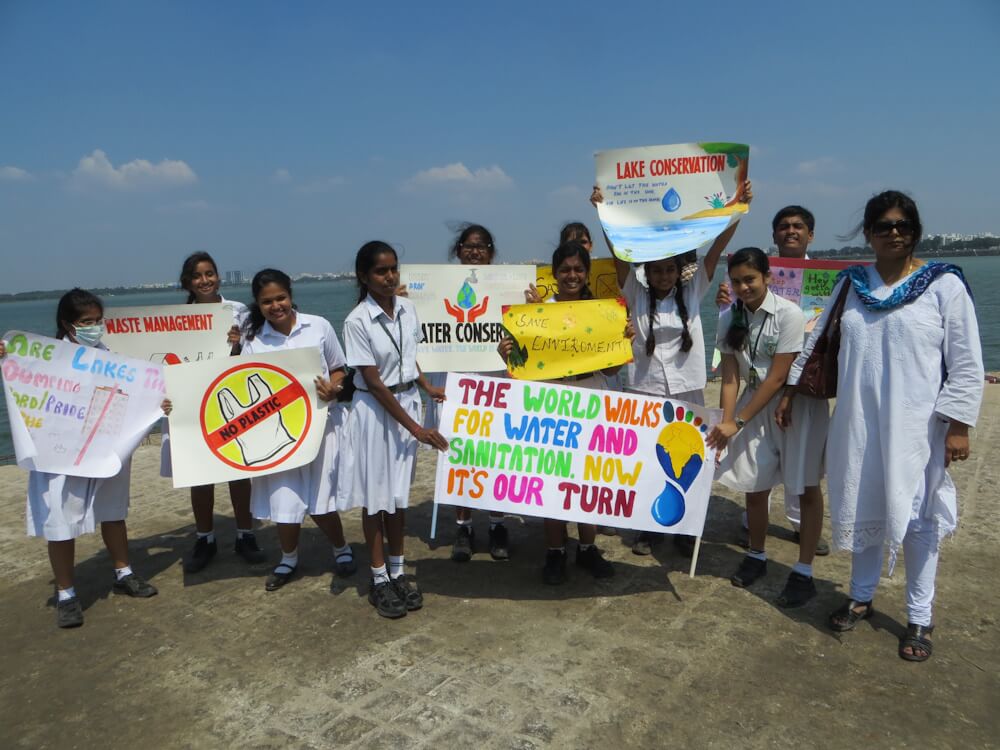
Photo: Wikimedia Commons
People’s manifestos
This election has seen people’s movements and organisations working on environmental and climate issues come out with “manifestos” or charters of demands. These reflect the concerns on the ground.
A total of 69 environmental groups in the ‘People for Himalaya’ campaign have demanded a ban on mega infrastructure projects in the Himalayas. In their five-point charter of demands, they called for a complete moratorium on all mega infrastructure projects and a comprehensive multidisciplinary review of the impacts of existing projects. They want democratic decision-making through referendums and public consultation on large infrastructure by strengthening the Environment Impact Assessment (EIA) Notification 1994.
They also want the EIA 2020 Amendments and the Forest Conservation Act 2023 Amendments scrapped. The latter had removed “deemed forests” from the protective cover of the Act of 1980 which opened up many ecologically sensitive areas for activities like mining, roadways and highways.
The BJP’s promise to give Himalayan states “green bonus” – or payment for ecological services provided by the mountain range – has not materialised. In 2015, the government established the National Mission on Himalayan Studies to provide grants for research but the annual budgetary allocation fell from Rs 64 crore in 2015-16 to Rs 48 crore in 2023.[12]
In Pune, citizen groups have been fighting to save the green areas and a hill rich in biodiversity, Vetal Tekdi, commonly called its green lung. The Vetal Tekdi Bachav Kruti Samiti (VTBKS) in its “Citizen Manifesto” demanded halting the proposed road project and scrapping of High Capacity Mass Transit Route (HCMTR) through the hill, and forwarded its demands to candidates of Pune Lok Sabha constituency.[13] Candidates Murlidhar Mohol (BJP) and Ravindra Dhangekar (Congress) assured the citizens that the projects will not proceed without “reaching a consensus with citizens”.[14]
The dense and saturated Mumbai has seen immense ecological loss over the past few years. Mumbai March, an environmental group, released a manifesto for Mumbai (North) constituency in which it demanded rejuvenation of Dahisar and Poisar rivers, and removal of concrete walls on them.[15]
The dilution or violation of Coastal Regulation Zone framework which has seen more than 10 amendments in the last decade, opening up the coastline for massive construction and tourism despite local people’s objections, has brought some pushback. Last year, the Maharashtra Coastal Zone Management Authority (MCZMA) gave Coastal Regulation Zone (CRZ) clearance to the 13.38 kilometres second coastal road in Thane.[16]

Photo: Wikimedia Commons
The way ahead
Whichever party forms the next government would do well to recognise the significance of environment and the urgency of climate impact beyond what is in its manifesto. In fact, as Rajendra Ravi, founding member of People’s Resource Centre, told Question of Cities, none of the political party manifestos addressed mobility or transport issues, especially adopting a green transport to address the climate crisis.
“How do we make cities more walkable and cyclable with shaded pathways? Urban design for a sustainable city stresses on safe roads with sitting areas and toilets. Commuting by cycles and public buses should be encouraged. The poor are the most affected by extreme heat and cold. The modern challenge is to solve this through local planning and ensure that the marginalised communities access basic services and climate justice,” he says. The 73rd and 74th Amendment, he reminds, has the framework for decentralisation of power to local governments which are best placed to address climate issues.
Irrespective of the party in power, no additional policies are needed, says Anjal Prakash. “We have enough policy crowding to combat climate change. What is needed is implementation on ground. Governments must prioritise sustainable practices across sectors. Moreover, public awareness campaigns and education initiatives can mobilise individuals to adopt eco-friendly behaviours. Without swift and decisive action, the consequences of climate change will continue to escalate, affecting ecosystems, economies, and societies worldwide.”
Shobha Surin, currently based in Bhubaneswar, is a journalist with 20 years of experience in newsrooms in Mumbai. An Associate Editor at Question of Cities, she is concerned about Climate Change and is learning about sustainable development.
Cover photo: The dust storm in Mumbai on May 13; Photo: MS Gopal


